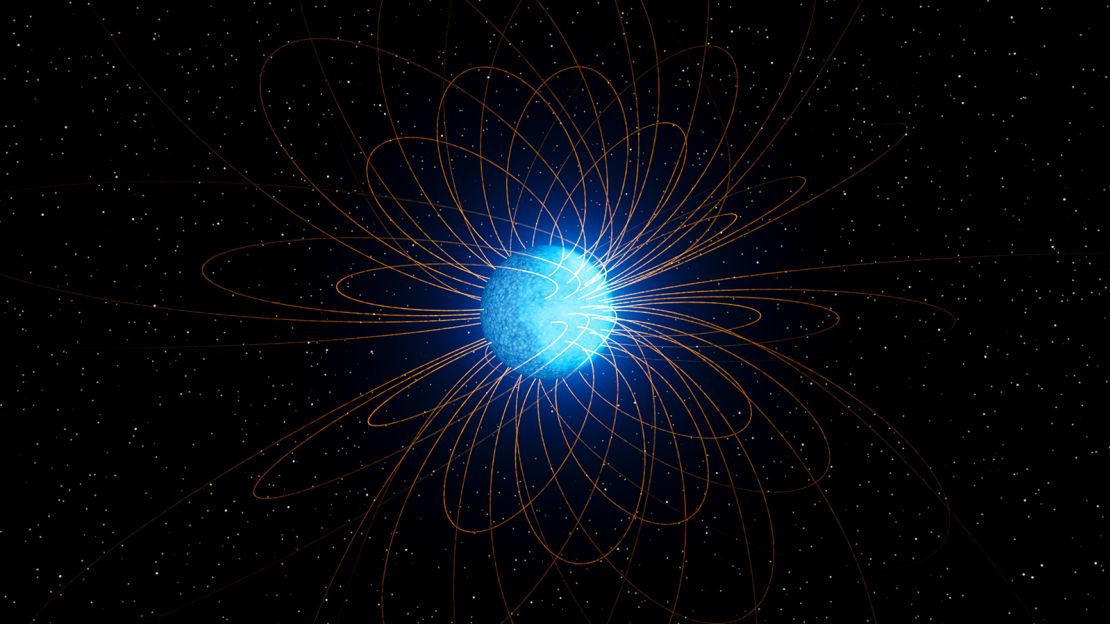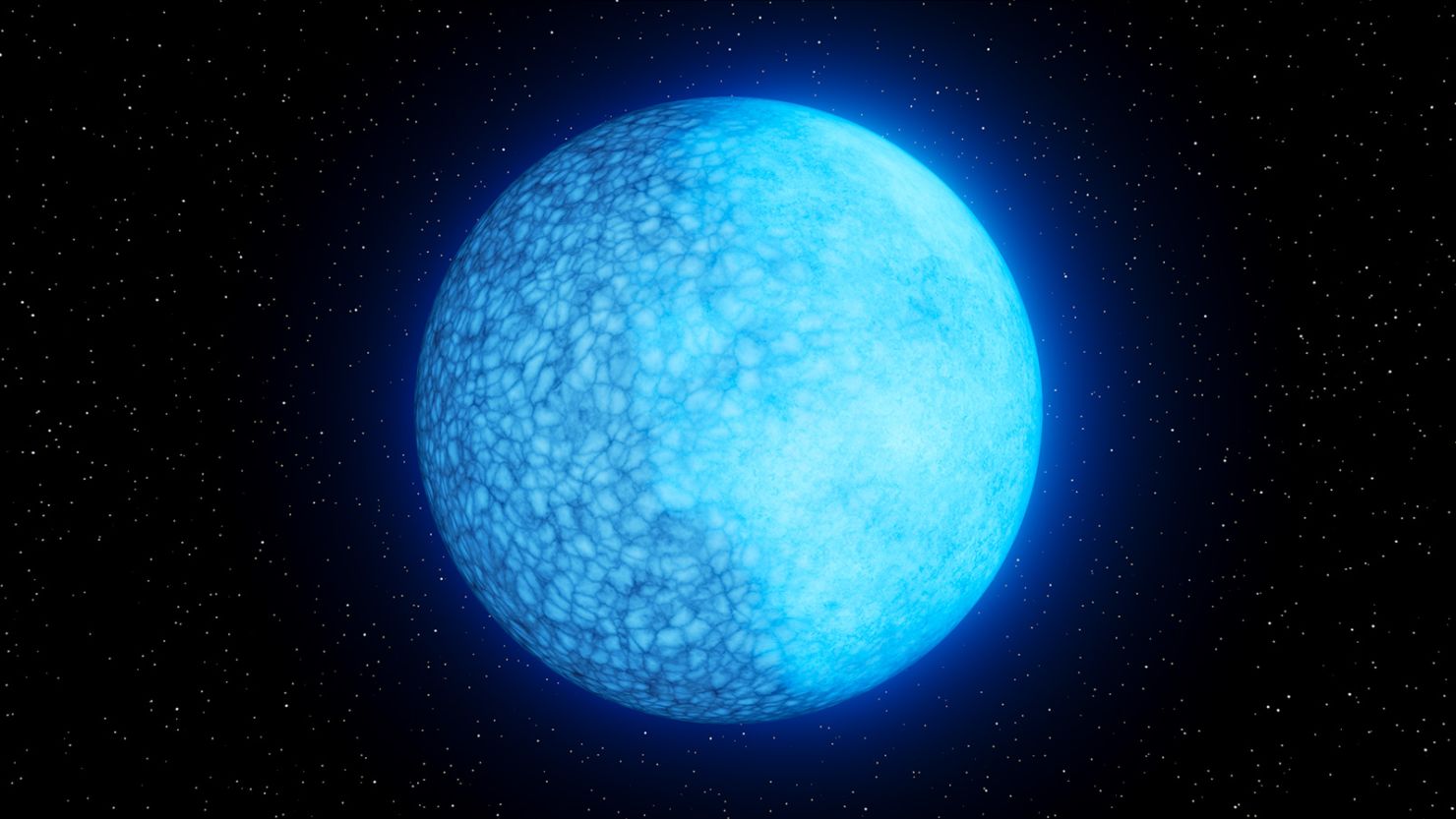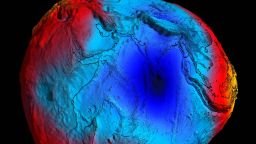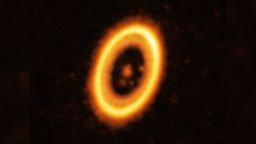Sign up for CNN’s Wonder Theory science newsletter. Explore the universe with news on fascinating discoveries, scientific advancements and more.
Astronomers have made a first-of-its-kind discovery — a white dwarf star with two completely different faces.
White dwarfs are burnt remains of dead stars. Our sun will become a white dwarf in about 5 billion years after it swells into a red giant star, blows out its outer material and, with only the core left, shrinks back into a blinding white-hot remnant.
The newly discovered white dwarf has two sides, one made of hydrogen and the other made of helium. Researchers have nicknamed the star Janus, for the Roman god of transition, which has two faces. A study detailing the findings was published July 19 in the journal Nature.
“The surface of the white dwarf completely changes from one side to the other,” said lead study author Ilaria Caiazzo, a postdoctoral scholar research associate in astronomy at the California Institute of Technology, in a statement. “When I show the observations to people, they are blown away.”
White dwarfs are incredibly dense, compressing a mass comparable to our sun’s into something equivalent to an Earth-size planet.
The strong gravitational influence at play during the death of a star means that the remaining heavy elements move toward the center while lighter elements like hydrogen or helium rise to the upper layer. Given the blazing temperatures of white dwarfs, the hottest ones have hydrogen atmospheres. As the stars cool over time, they tend to have helium atmospheres.
But typical white dwarfs don’t have one side of the star devoted to one element, and the other dominated by another.
The unusual stellar remnant was first detected by the Zwicky Transient Facility, located at Caltech’s Palomar Observatory. Caiazzo used the instrument, which scans the skies each night, for a recent survey of highly magnetized white dwarfs when an object appeared that rapidly changed in brightness.
Follow-up observations were conducted by Caiazzo and her team using Palomar’s CHIMERA instrument, the HiPERCAM located on the Gran Telescopio Canarias in Spain’s Canary Islands and W.M. Keck Observatory on Maunakea in Hawaii.
The three observatories showed that Janus was rotating on its axis every 15 minutes — and showcased the star’s double-faced nature and composition. Astronomers used a spectrometer to separate the light of the white dwarf into different wavelengths, which revealed the chemical signature of hydrogen on one side and helium on the other.
The star has a scorching temperature of 62,540 degrees Fahrenheit (34,726 degrees Celsius), which researchers determined with help from the Neil Gehrels Swift Observatory.
How Janus formed two faces
The researchers aren’t quite sure why the star has two completely different sides. It’s possible that Janus is experiencing a rare form of evolution.
“Not all, but some white dwarfs transition from being hydrogen- to helium-dominated on their surface,” Caiazzo said. “We might have possibly caught one such white dwarf in the act.”
As the white dwarf cools over time, the heavier and lighter materials may mix together. During this transition, it’s possible for hydrogen to become diluted within the interior, allowing helium to become the dominant element.
If this is occurring on Janus, one side of the star is evolving before the other side.

“Magnetic fields around cosmic bodies tend to be asymmetric, or stronger on one side,” Caiazzo said. “Magnetic fields can prevent the mixing of materials. So, if the magnetic field is stronger on one side, then that side would have less mixing and thus more hydrogen.”
Another possibility is that the magnetic fields are shifting the pressure and density of these atmospheric gases on Janus.
“The magnetic fields may lead to lower gas pressures in the atmosphere, and this may allow a hydrogen ‘ocean’ to form where the magnetic fields are strongest,” said study coauthor James Fuller, professor of theoretical astrophysics at Caltech, in a statement. “We don’t know which of these theories are correct, but we can’t think of any other way to explain the asymmetric sides without magnetic fields.”
The team will continue the search for more white dwarfs like Janus using the Zwicky Transient Facility because the instrument is “very good at finding strange objects,” Caiazzo said.



